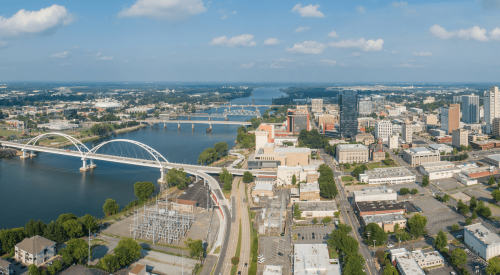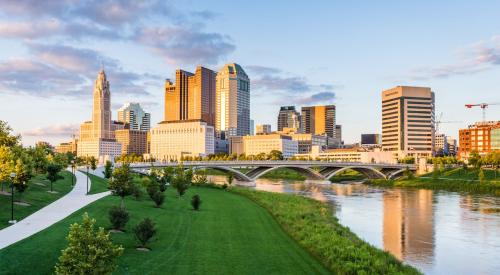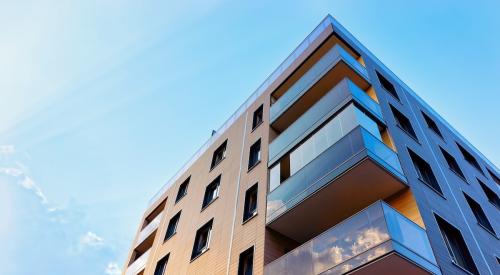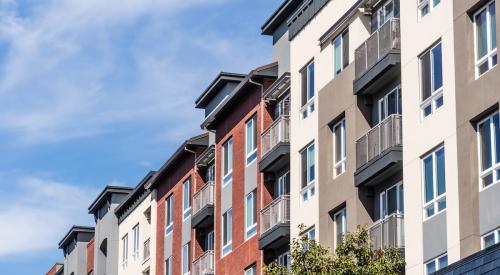After an intense drop last year, interest in rentals and urban areas are back stronger than before. Gen Z and high-earning Millennials led the booming interest in rentals, especially in New York City and San Francisco, reports RentCafe. Rental activity is up 13% for the first half of 2021 compared to the first half of 2020. Interest in large urban areas is up significantly, with all 30 of the country’s largest cities reporting an increase in rental applications. New York City led the trend, experiencing double the rental activity compared to last year. First-time Gen Z renters have rushed into the market this year as well, up 39% compared to last year.
So, to see the complete picture of what renting looks like in the aftermath of the pandemic, we extracted in-depth market and demographic insights by analyzing 2.5 million nationwide renter applications from RentGrow.
Rental Season Kicks-off with a Bang
Renters are on the move again and, this year, they took the apartment market by storm. In fact, the peak renting season started out twice as strong as usual, with 45% more renters applying for apartments in March than in February. By comparison, during the same time period in 2018 and 2019, applications rose by an average of just 23%.
In contrast, last year’s rental season was atypical, starting in May, post-lockdown, and ending sooner than usual. Then, as vaccination rates went up, the job market started to recover, and household savings increased, a sense of newfound confidence motivated renters to get moving. In surveys we conducted earlier in the year, the opportunity to get a better deal was the top reason for moving, and most renters preferred to remain in the same city. Another significant reason for the heightened activity was an acute need for larger apartments to accommodate those who work from home, according to another recent renter survey.
Overall renting activity has returned to pre-pandemic levels. For instance, there was a 12% reduction in overall activity in 2020, whereas the hype in the first half of 2021 led to a 13% increase in rental applications.













